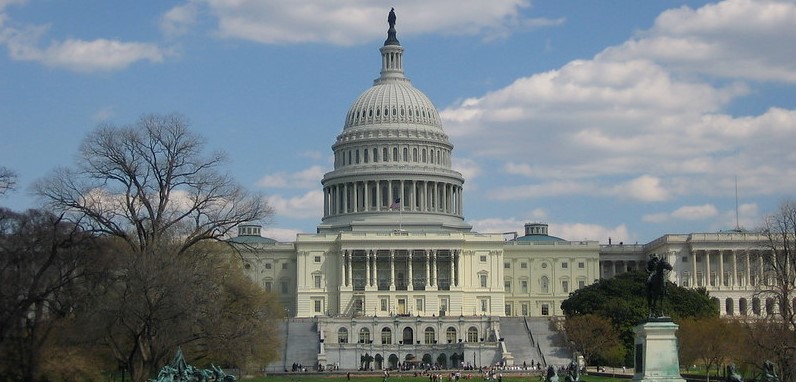Codi Coulter is a law student at Maryland Carey School of Law and guest contributor on this blog.
The Senate Committee on Agriculture, Nutrition, and Forestry held a hearing March 1 to discuss the 2023 Farm Bill’s conservation and forestry titles. Because agricultural production practices are not one-size-fits-all throughout the United States, a broad theme in the hearing revolved around a need for flexibility in the Farm Bill’s conservation programs. Strengthening conservation and forestry programs will ensure farmers and landowners can protect the nation’s land and water while growing its food, fiber, and fuel.
To open the hearing, Chairwoman Debbie Stabenow (D-MI) remarked that the Farm Bill’s voluntary conservation programs are the kind of tools that farmers want and need, and are important to combat issues from algae blooms in the Great Lakes to drought in the western United States. However, the programs are oversubscribed, meaning the applications to participate in the programs exceed the available funding.
“We must continue to support smart forestry and conservation practices, recognizing the importance of the investments we have made and looking forward to the needs of the future,” she concluded.
Ranking member Sen. John Boozman (R-AR) followed up, commenting that conservation and producer needs are as diverse as the crops they grow, and Farm Bill programs should reflect that reality. Further, according to Sen. Boozman, it is important to maintain the elements of conservation programs that make them successful without taking on risky programs that will endanger the safety net. He said Congress should hear from producers about their priorities to determine the necessary resources, as well as how to adequately fund them. Finally, there is no better place to address greenhouse gas (“GHG”) emissions than through forestry programs.
The hearing featured testimony from Natural Resources Conservation Service (“NRCS”) Chief Terry Cosby, who discussed the agency’s “comprehensive approach” to conservation through local engagement and public feedback. In addition, Farm Service Agency (“FSA”) Administrator Zach Ducheneaux highlighted developments in the Conservation Reserve Program (“CRP”) and United States Department of Agriculture (“USDA”) Forest Service Associate Chief Angela Coleman explained that while the agency has made strides in advancing forest restoration and technology, there is still work to do.
Participating committee members commented that farmers are the nation’s original conservationists and have a vested interest in caring for the environment. Questions for the witnesses ranged from a focus on the administration of conservation programs to forestry issues, invasive species, and innovative technologies.
There is interest in ensuring that CRP, a program in which farmers remove “environmentally sensitive” lands from production in exchange for incentive payments, is working for farmers. According to Ducheneaux, one of the agency’s goals is to change the nature of production by creating an income opportunity on enrolled lands. One way FSA is accomplishing this is through the Grasslands CRP program, which protects grasslands, emphasizing support for grazing operations. Further, there is a strong interest in streamlining incentive payments and increasing flexibility for the diverse production practices across the nation.
Several participants commented on the availability of increased support through the Inflation Reduction Act (“IRA”), which, according to Cosby, will allow NRCS to bring on more participants to programs like the Environmental Quality Incentives Program and the Conservation Stewardship Program. Currently, NRCS can only fund around 30 percent of applications to these programs. With more than 100,000 applications received in 2022, there is a huge opportunity to increase access for producers.
Because of the recent wildfire crisis in western states, many committee members expressed interest in how the Forest Service is prioritizing forest health initiatives. Coleman emphasized that we need a healthy, viable forestry infrastructure. The Service is looking at new timber technologies like small diameter wood and mass timber, as well as how to build markets for timber products. In addition, the agency has a robust pest management group that is a contributor to overall forest health initiatives.
Some additional concerns related to managing lands contaminated with per- and polyfluoroalkyl substances (“PFAS”) and access to the Regional Conservation Partnership Program. The Farm Bill Law Enterprise addresses many of these concerns and makes recommendations regarding conservation programs, climate change mitigation, and forest protection in its Climate & Conservation Report.
The views and opinions expressed on the FBLE Blog are those of the authors and do not necessarily reflect the official policy or position of FBLE. While we review posts for accuracy, we cannot guarantee the reliability and completeness of any legal analysis presented; posts on this Blog do not constitute legal advice. If you discover an error, please reach out to contact@farmbilllaw.org.


